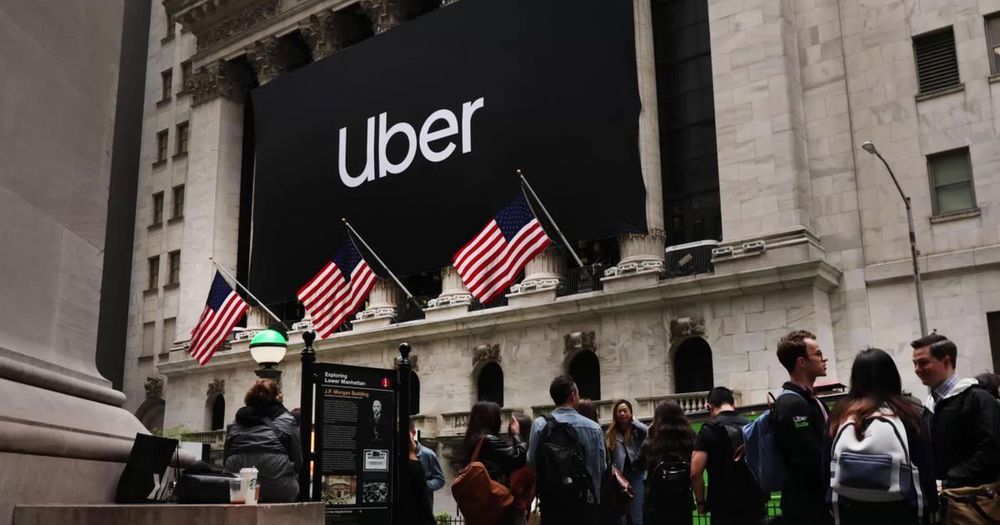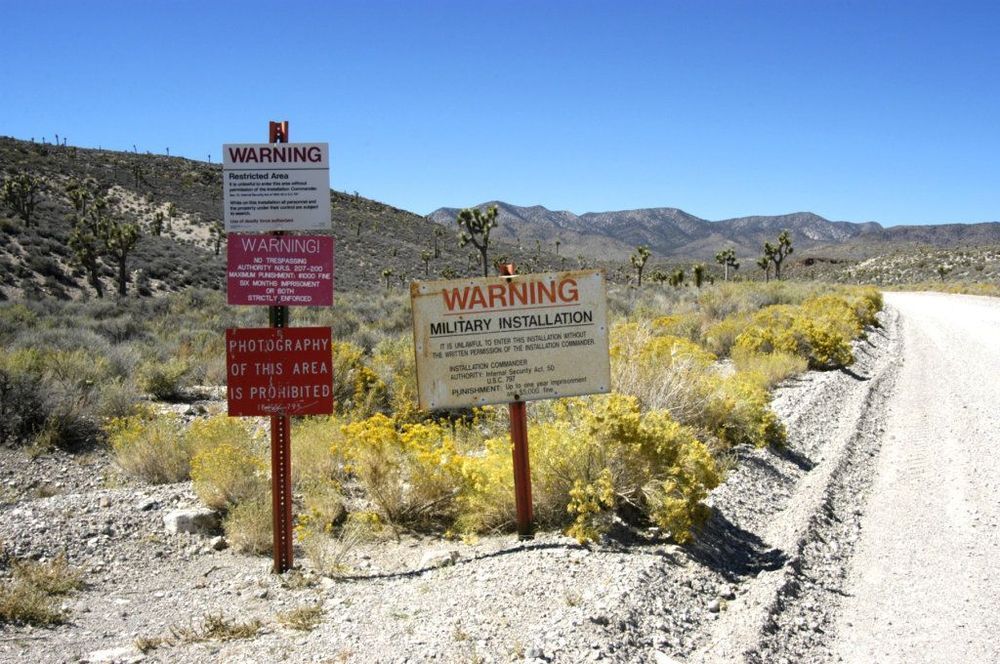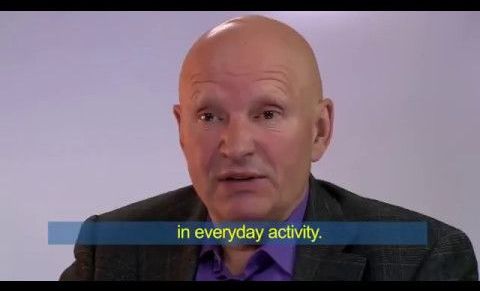Heisenberg’s famous Uncertainty Principle is put to the test to see if things really are uncertain in the quantum world.
This review article extends previous scientific definitions of the biofield (endogenous energy fields of the body) to include nonclassical and quantum energy fields. The biofield is defined further in terms of its functional property to act as a resonance target for external forms of energy used as treatment modalities in energy medicine. The functional role of the biofield in the body’s innate self-healing mechanisms is hypothesized, based on the concept of bioinformation which, mediated by consciousness, functions globally at the quantum level to supply coherence, phase, spin, and pattern information to regulate and heal all physiologic processes. This model is used to explain a wide variety of anomalies reported in the scientific literature, which can not be explained by traditional biophysics and bioelectromagnetics.
The modern world is facing a tsunami of data. DNA is emerging as an ultra-compact way of storing it all, and now researchers supported by Microsoft have created the first system that can automatically translate digital information into genetic code and retrieve it again.
In 2018 we created 33 zettabytes (ZB)—33 trillion gigabytes—of data, according to analysts at IDC, and they predict that by 2025 that figure will rise to 175 ZB. It’s been estimated that if we were to store all our information in flash drives, by 2040 it would require 10 to 100 times the global supply of chip-grade silicon.
DNA, on the other hand, is so compact it could shrink a data center to the size of a few dice. But for that to become practical we need a DNA-based equivalent of a hard drive that lets you upload and download data in a simple and intuitive way.
How Area 51 Works
Posted in government, military
In the age of big data, we are quickly producing far more digital information than we can possibly store.
Last year, $20 billion was spent on new data centers in the US alone, doubling the capital expenditure on data center infrastructure from 2016.
And even with skyrocketing investment in data storage, corporations and the public sector are falling behind.
The 21st Century version of the Kirlian camera is now called a GDV camera.
Application de l’effet Kirlian — Méthode GDV du Professeur Konstantin KOROTKOV
Pour en savoir plus :
The Science Behind Nightmares
Posted in science









